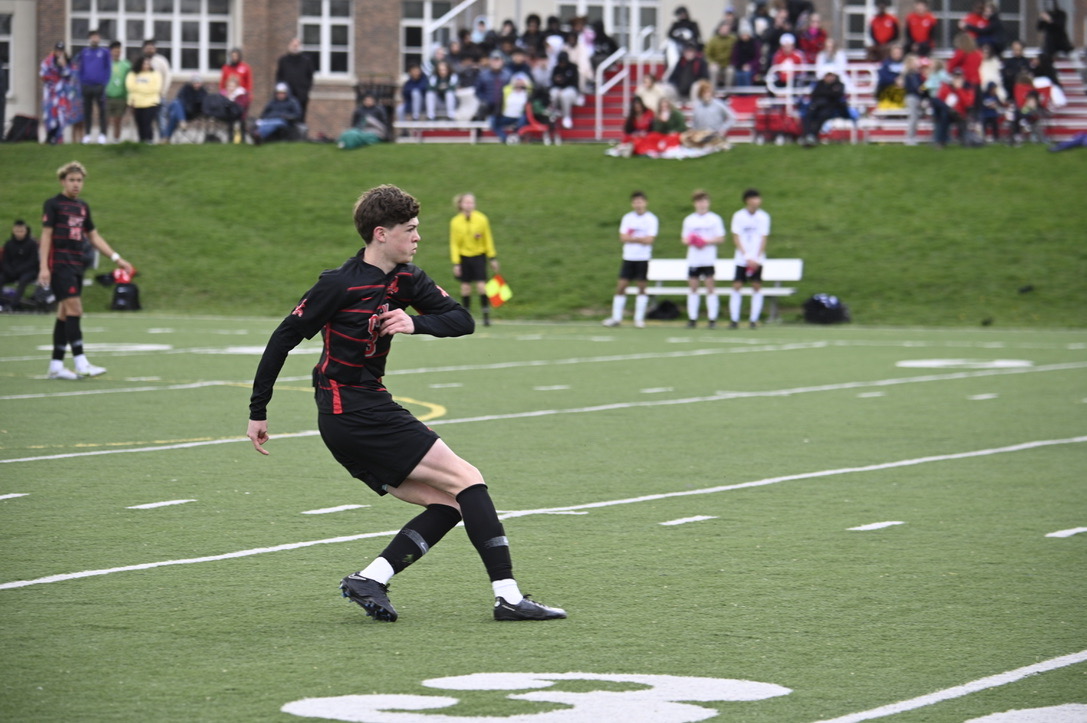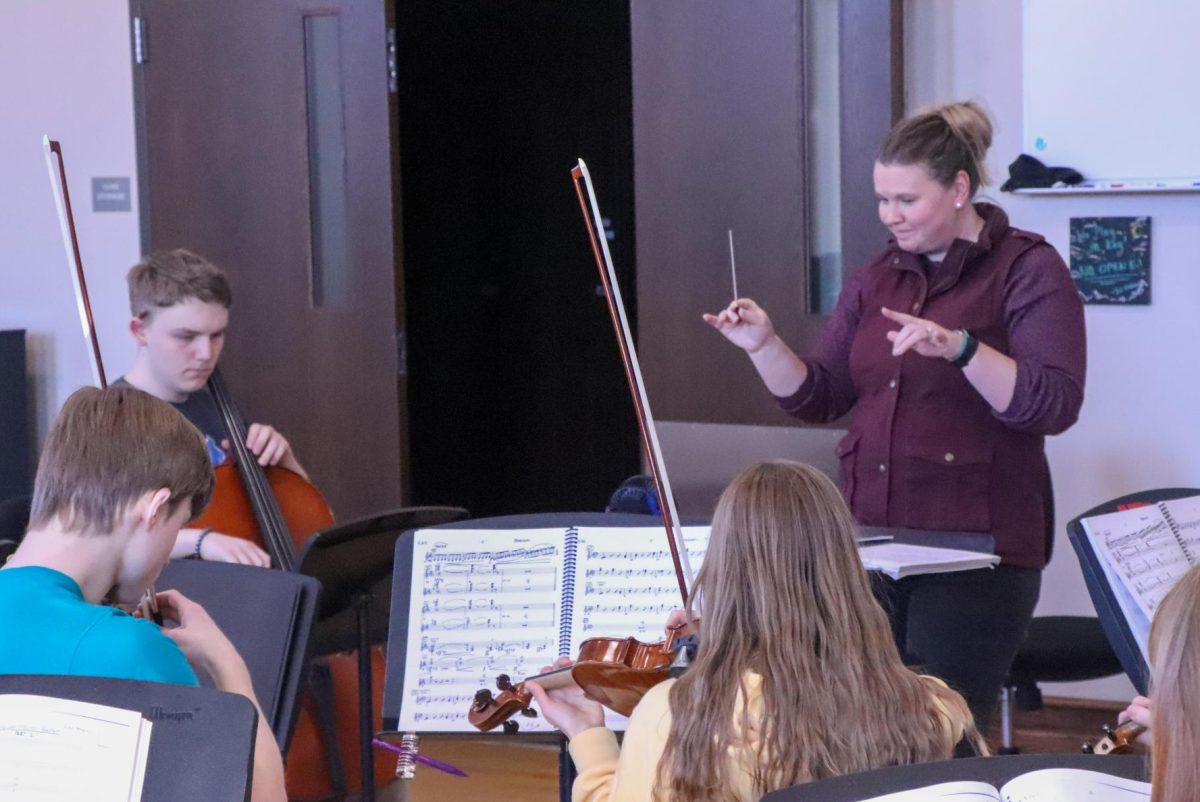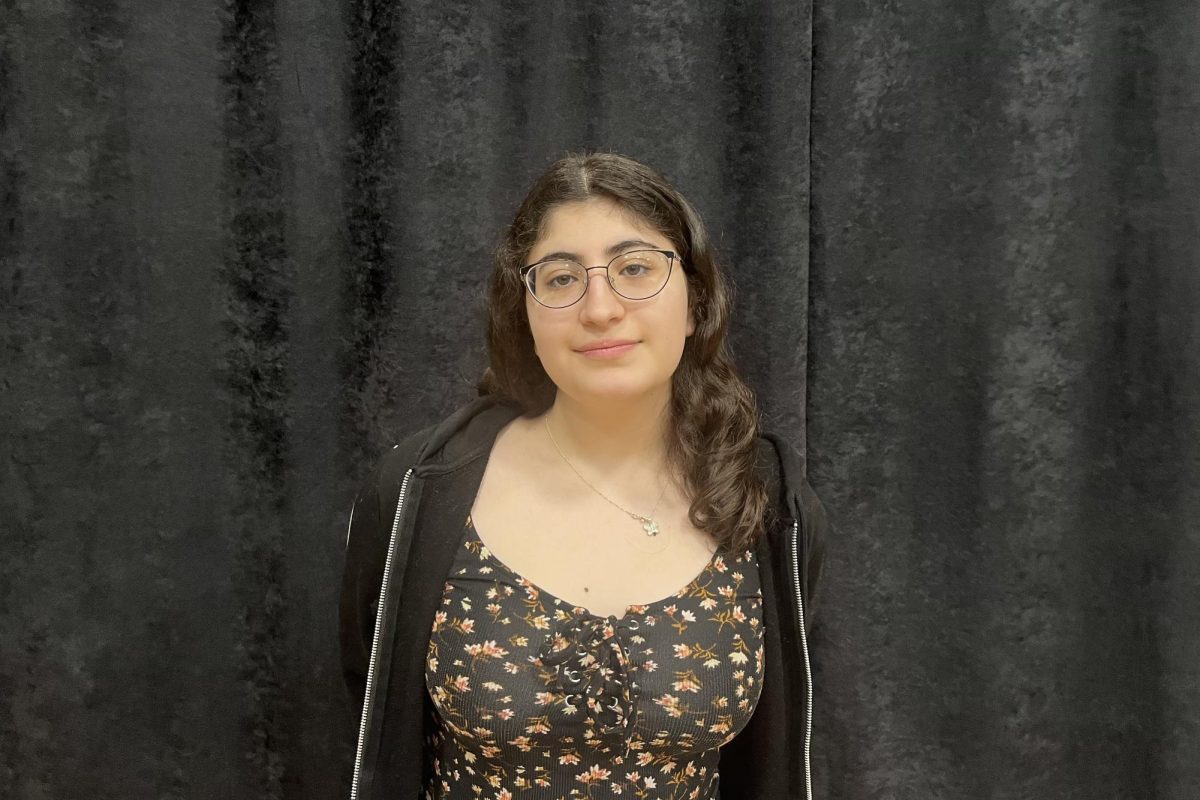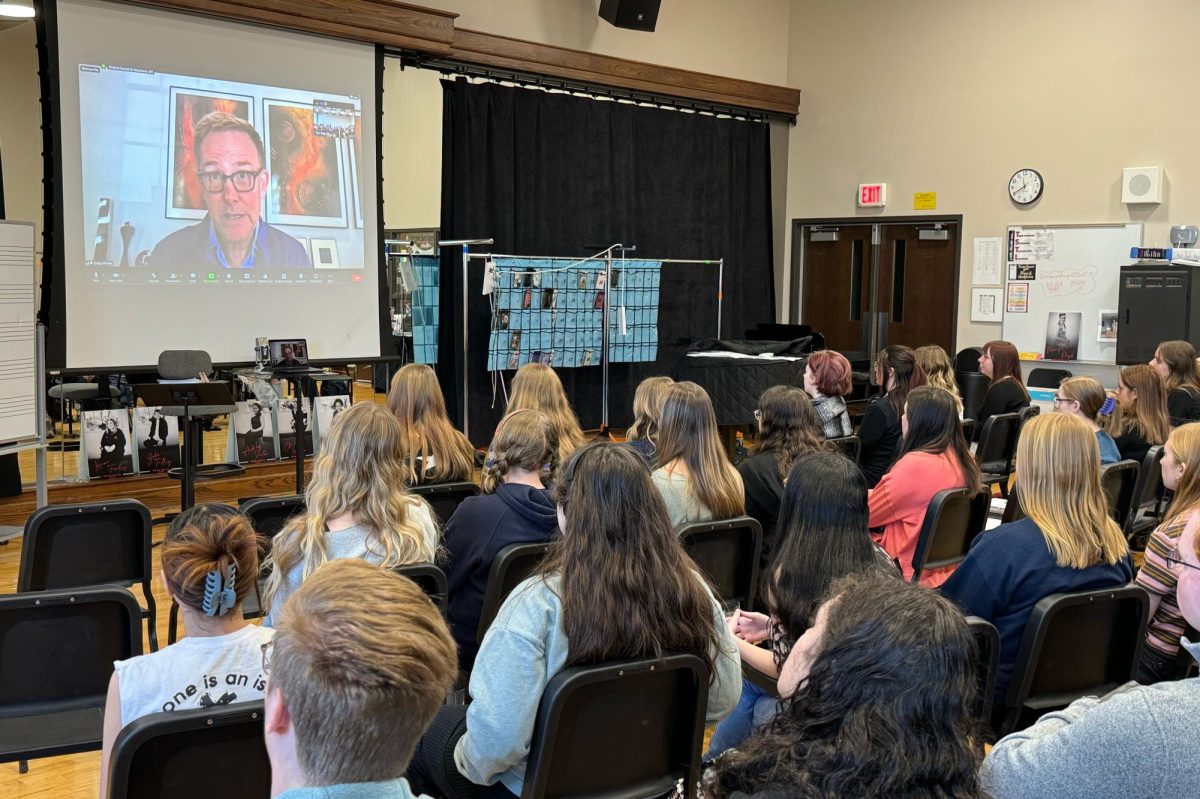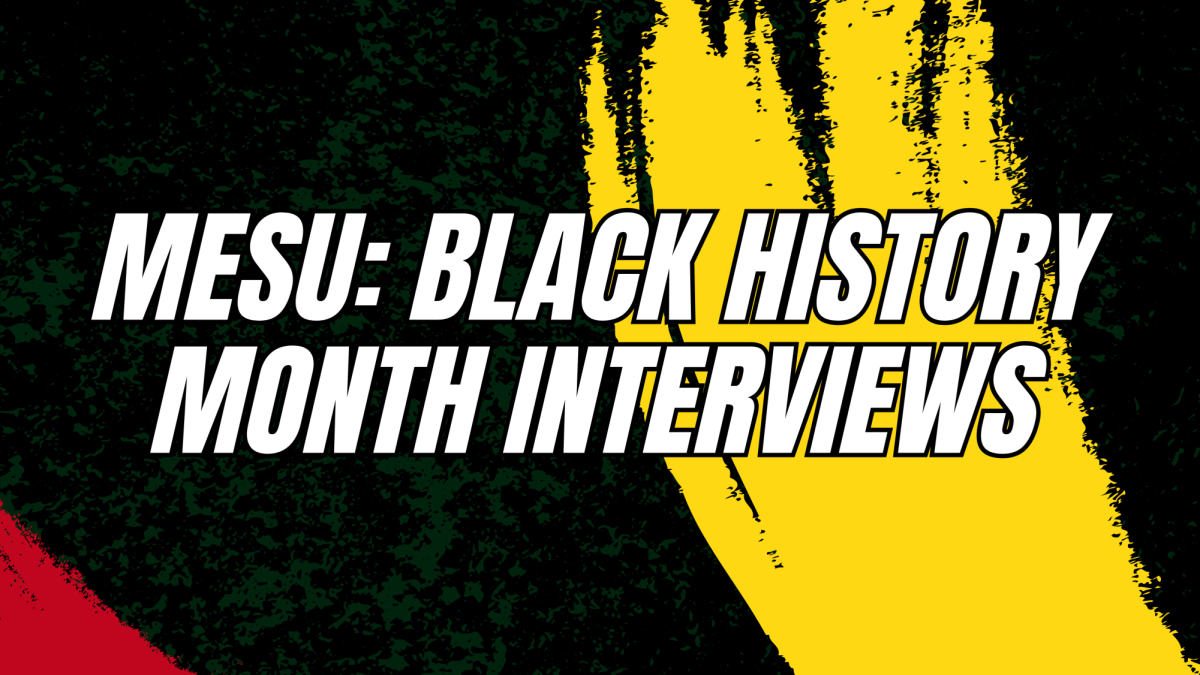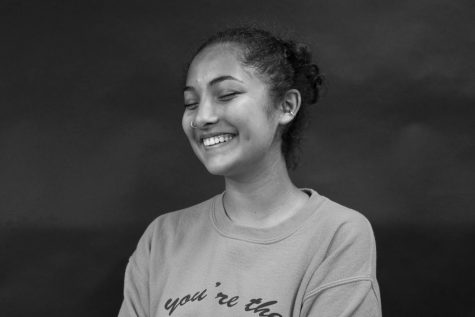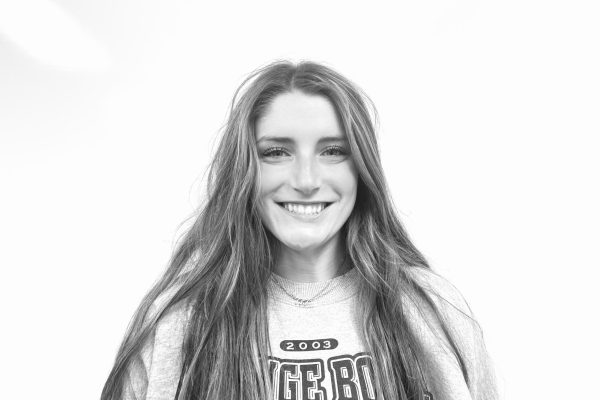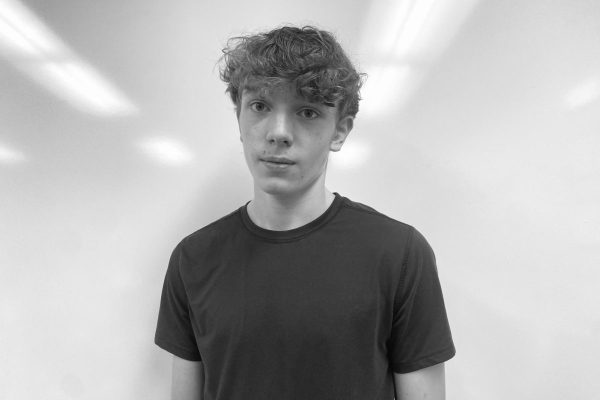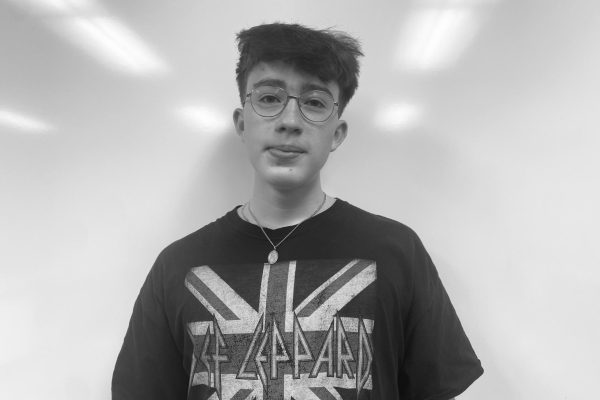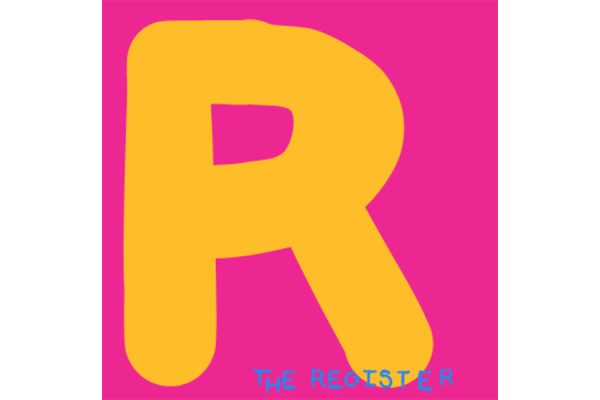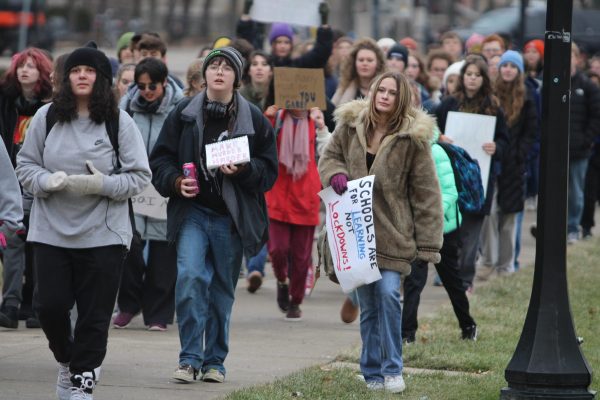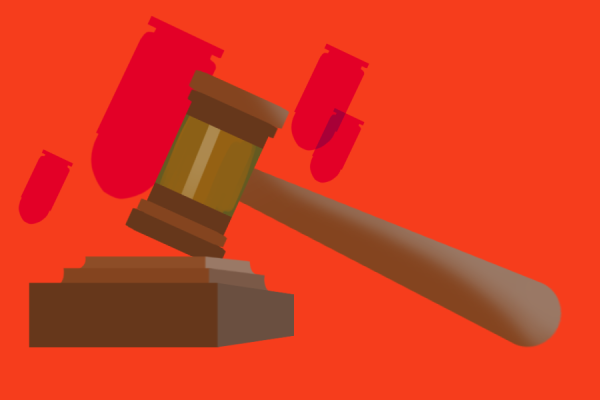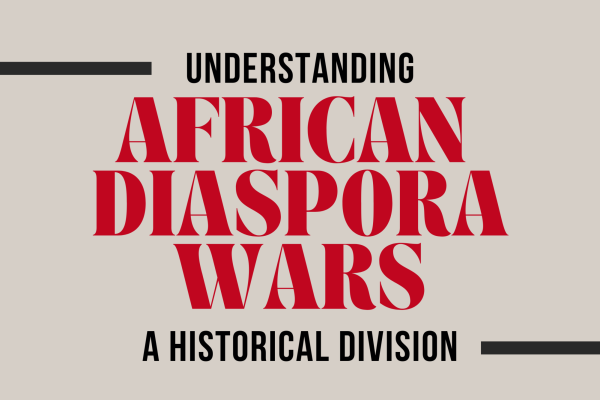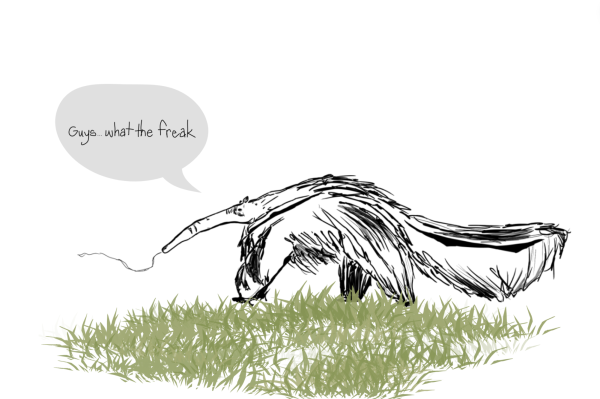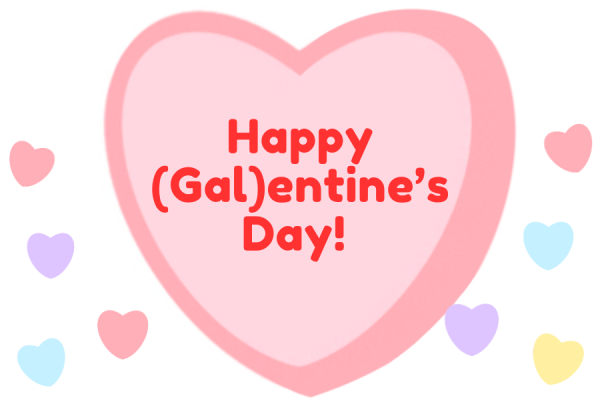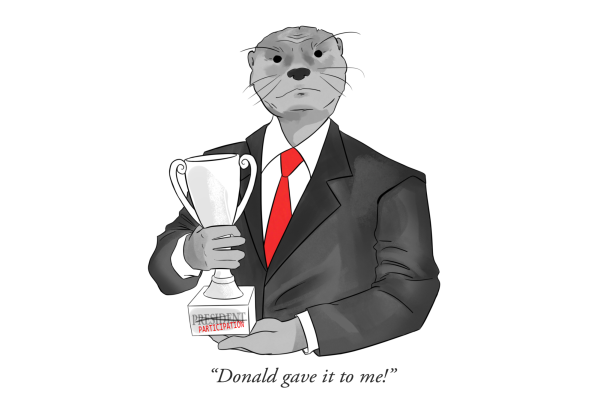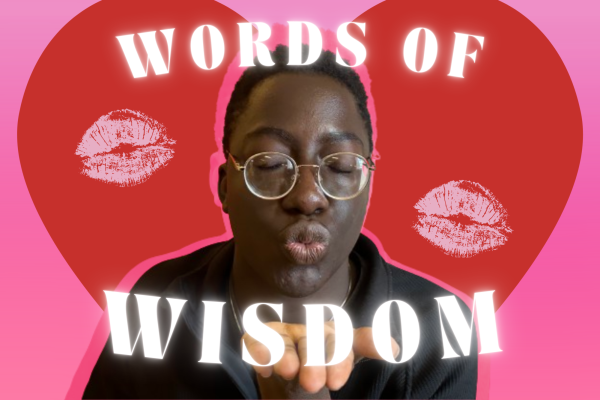Whiteout
November 23, 2015
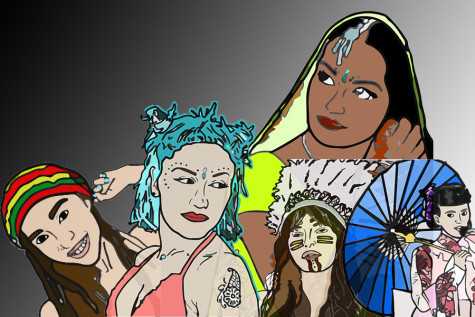
Imagine that you had spent all of your time writing an essay for your English class. You pored over it, making sure it was a perfect representation of your style. When you turned it in, however, your teacher marked it as an F. Then, the kid who sits next to you crosses out your name, replaces it with theirs, and turns it into the teacher again. This time, the paper gets an A+. This is exactly what cultural appropriation feels like.
When I was in elementary school, one of my classmates told me I couldn’t come to her birthday party because of the color and texture of my hair. It was poofy, curly, and dark brown. I was told that the dhal and rice that I brought every day for lunch looked like vomit. Now that it’s a part of pop culture and in style, I see the same people who made fun of me trying to get their straight hair to look like mine, and relishing the rice and dhal, which apparently no longer looks like vomit. And I wonder why it’s acceptable for them, when it isn’t for me.
The problem of appropriation arises when members of the majority, which in most developed countries means Caucasians, make use of other cultures but fail to use their position of power to help eliminate the oppression that those cultures face. Essentially, in these cases, people of color are made fun of and sometimes even dehumanized for practicing their own cultures, but Caucasians who do the same are seen as creative or unique.
One specific instance of appropriation relates to bindis. Bindis are worn by South Asian women, and are often compared to Christians wearing a cross. When Desi, Hindu, and Islamic women wear bindis, we’re sometimes called “dot heads”, “Pakis” or even “terrorists”, even though it’s our religion. Bindis often symbolized marital status, and represents the third eye, which, according to the religion, is a ward against evil. When Caucasian women don it, they’re told they look beautiful, that they’re so tumblr, or coachella, or hipster.
In 2014, the Miss America pageant was won by a girl named Nina Davuluri. Her win was monumental for many people, because she was the first Indian American in the pageant’s history to win. However, her win was met with horrible responses. She was called a “dot head,” “Miss 7-11”, and a terrorist. This same culture however, is celebrated when donned by white people.
Basically, appropriation is pulling the culture away from those who built it, from those who fought for it, and from those who suffered great things to maintain their culture. It’s erasing all that we (people of color) have, and all that we’ve made for ourselves, and kind of giving it all to the majority. The media sometimes even encourages it, with singers like Madonna and Perrie Edwards wearing bindis on stage, and the Kardashian/Jenner clan wearing hijabs, dreads, and afros for “fashion” or to be “trendy.” That message furthers the idea that people of color can’t have anything for themselves, and it tells young, impressionable people that it’s okay for this to happen. But no one says anything about it.
The Kardashian/Jenner clan is notorious for their abuse of South Asian and African American cultures. Kylie Jenner has been publicly called out on her appropriation of dreadlocks specifically. One of Jenner’s Instagram posts, which was captioned “#whitegirlsdoitbetter” depicted her wearing cornrows. Amandla Stenberg, a 16 year old actress and activist, commented on the post, stating “when [you] appropriate black features and culture but fail to use [your] position of power to help black Americans by directing attention towards [your] wigs instead of police brutality or racism #whitegirlsdoitbetter.” The response to this was people attacking Stenberg.
Often, when I call people out on cultural appropriation they get really defensive, upset, and sometimes even flat out mean. I’ve been yelled at, been accused of reverse racism, and have lost friendships, at the fault of both parties. And, to some extent, I understand why the reaction is like this. Because this is such a sensitive topic for both sides, people discussing it can be really rude, and people on the opposing side can feel attacked personally, or feel that the entire Caucasian race is being attacked. When this happens, attention can be drawn away from cultural appropriation, which continues to be a factor in the systematic racism and oppression we must continue to confront and combat in our society. We need to work together to find a way to resolve this issue. We need to replace cultural appropriation with respect, understanding, and a genuine recognition of the value of diversity.










